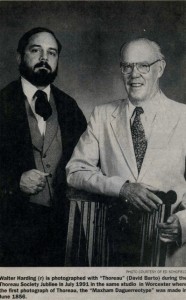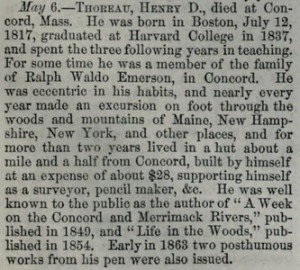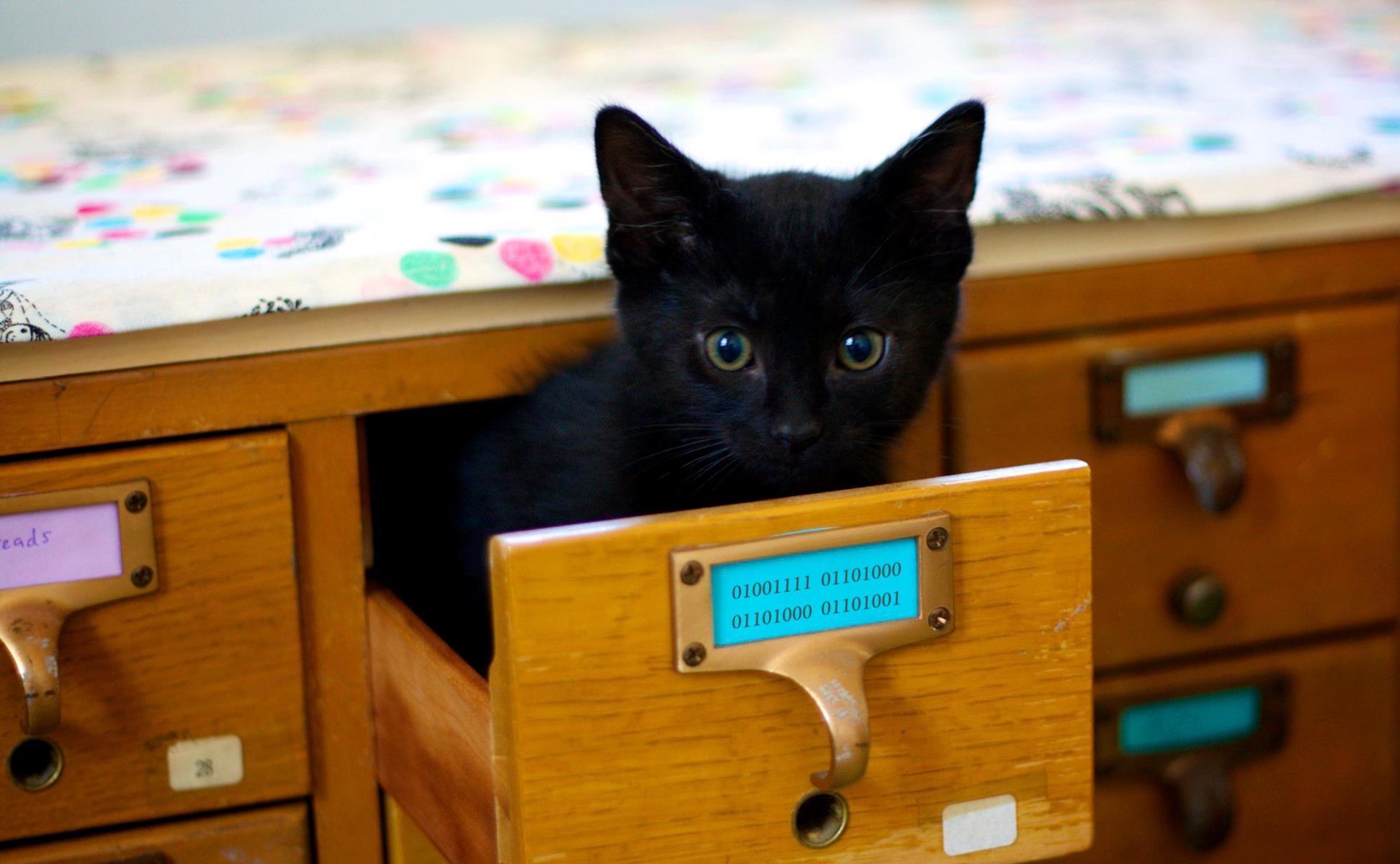
“Have you ever heard of Henry David Thoreau?”
If you ask that question to any serious academic of English, it holds the same connotations as asking a historian if they are familiar with George Washington or a physicist if they’ve heard of Sir Isaac Newton. It would be considered one of those 100 dollar questions in the first round of a game of “American Lit Jeopardy,” one that a student in high school can answer with a certain degree of confidence. Thoreau has become so engrained in the canon of great American authors that he’s even transcended the bounds of literary greatness to be included on standardized U.S. History exams as a figure of profound influence on American ideology. Perhaps posing the question “Have you heard of Thoreau?” is kind of foolish for me to do, so let me try a question that you might not immediately know the answer to: “Why have you heard of Thoreau?”
That one is a little bit tougher. Why do you know him? I mean, you just do, right? He’s always been there at the top of American literary greatness, along with Ralph Waldo Emerson and Walt Whitman, as one of the best. There’s no question about that…right? Well, actually, no. Believe it or not, Henry David Thoreau was not well known during his lifetime. According to Wendy McElroy in her article, “Henry David Thoreau and ‘Civil Disobedience,’” his most influential political theories were mainly reserved for small lectures or brief sections of relatively obscure periodicals. She also mentions that a eulogy penned by Emerson concludes with the line, “The country knows not yet, or in the least part, how great a son it has lost.” His obituary has no mention of Civil Disobedience, and only briefly mentions Life in the Woods, capitalizing instead on his “eccentric…habits” as a naturalist.

If that’s the case, and Thoreau was relatively unknown during his lifetime, then why is it that his name and works survive today as being such a cultural landmark for our national identity? The answer has not so much to do with the work of the man born in 1817, but rather to do with a man born 100 years later, and the work he did to make Thoreau an American great. That man’s name is Walter Harding (1917-1996), and it is because of him that students from California to the epicenter of his legacy in Geneseo, NY recognize Thoreau’s name and reputation for what they are today.
I, along with my incredible project teammates, got the chance to interview with Mr. Harding’s son Allen recently to gauge how his father’s impact has changed the canon of American literature from what it was fifty years ago, to what it is today. The entire interview can be found at walterharding.org and I seriously encourage you to visit the site to get the sense of how Walter Harding’s work has influenced us as a college, as Americans, and as literary scholars. But more precisely, I wanted to attention to two things we’ve come across as a group that, at least for me, has changed the way I perceive Thoreau as an author. Firstly, when asked to specify his father’s lasting legacy, Allen Harding specifically pointed to his father’s role in elevating Thoreau’s status within the American cultural canon, saying:
…he [Walter Harding] took an author who everyone ignored in the 1930s and 1940s, and made him into a star of American literature. If you ask anyone up at the Society or in Concord, they will say that Thoreau wasn’t considered that important. But after my father got a hold of him, that all changed.
That really registered with me as such an incredible testament to Walter Harding’s influence on the literary canon, and on a larger scale, his influence on American identity. Think about it: You can walk into any high school English or American History class across America and ask who Henry David Thoreau is, and I’m sure you’ll get a positive response…and that’s largely due to the lifetime work of one man, whom we’ve had the great privilege of hosting as a professor here at SUNY Geneseo from 1956-1983. Now if that’s not a point of pride as a Geneseo student majoring in English, then I’m not sure what is.
The second thing I wanted to call attention to was the way that Walter Harding expanded the influence of Thoreau’s teachings to validate his legacy and place in American history. Take a look at this except I extracted from the Cracking the AP U.S. History Exam 2012 textbook. It explains that Dr. Martin Luther King Jr. acted on the principles of civil disobedience outlined by a certain literary figure by the name of Henry David Thoreau.
Sure, you might say that this is an indirect consequence of Walter Harding’s work, and that it is more of a retrospective pairing of Henry David Thoreau and Martin Luther King’s similar messages. But take a look at this correspondence from the King Center (also available on walterharding.org) between Dr. Martin Luther King Jr and Professor Harding:
That brief letter, all ten lines of typewritten text, tells a story of a well-respected literary academic’s subtle yet profound impact on American history. Walter Harding and Martin Luther King discussing Thoreau with respect to contemporary American society. King’s legacy and Harding’s legacy coming together in a cross of mutual respect for an author that, just a few decades earlier, was relatively unknown. It is thanks to Walter Harding, Thoreau continues to enjoy new life 150 years after his quiet death, and it is thanks to digitalization efforts such as the Thoreau-Harding Project here on campus that we can continue Professor Harding’s legacy and actively shape our cultural canon for many years to come.
So next time you come across the name “Henry David Thoreau” while reading a textbook or some academic paper discussing his legacy, try not to forget that it was Professor Walter Harding’s legacy that allowed you to recognize that name in the first place.
